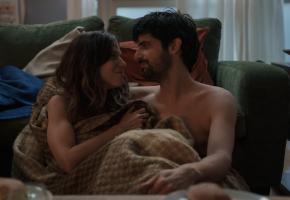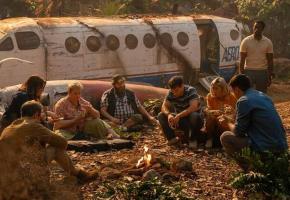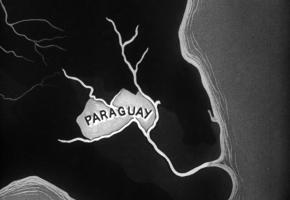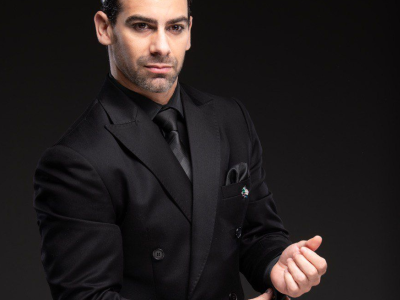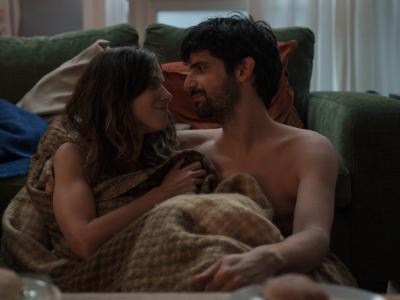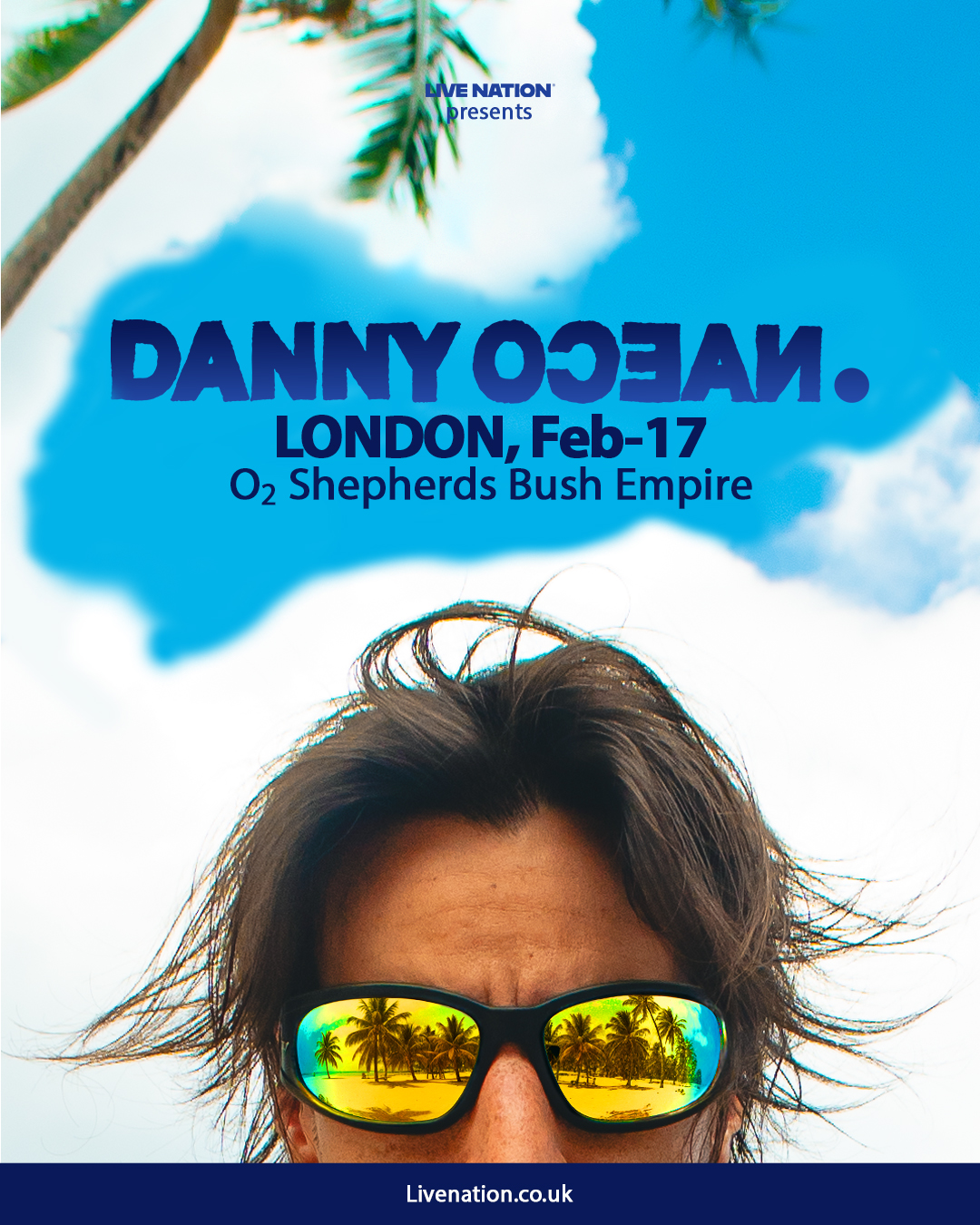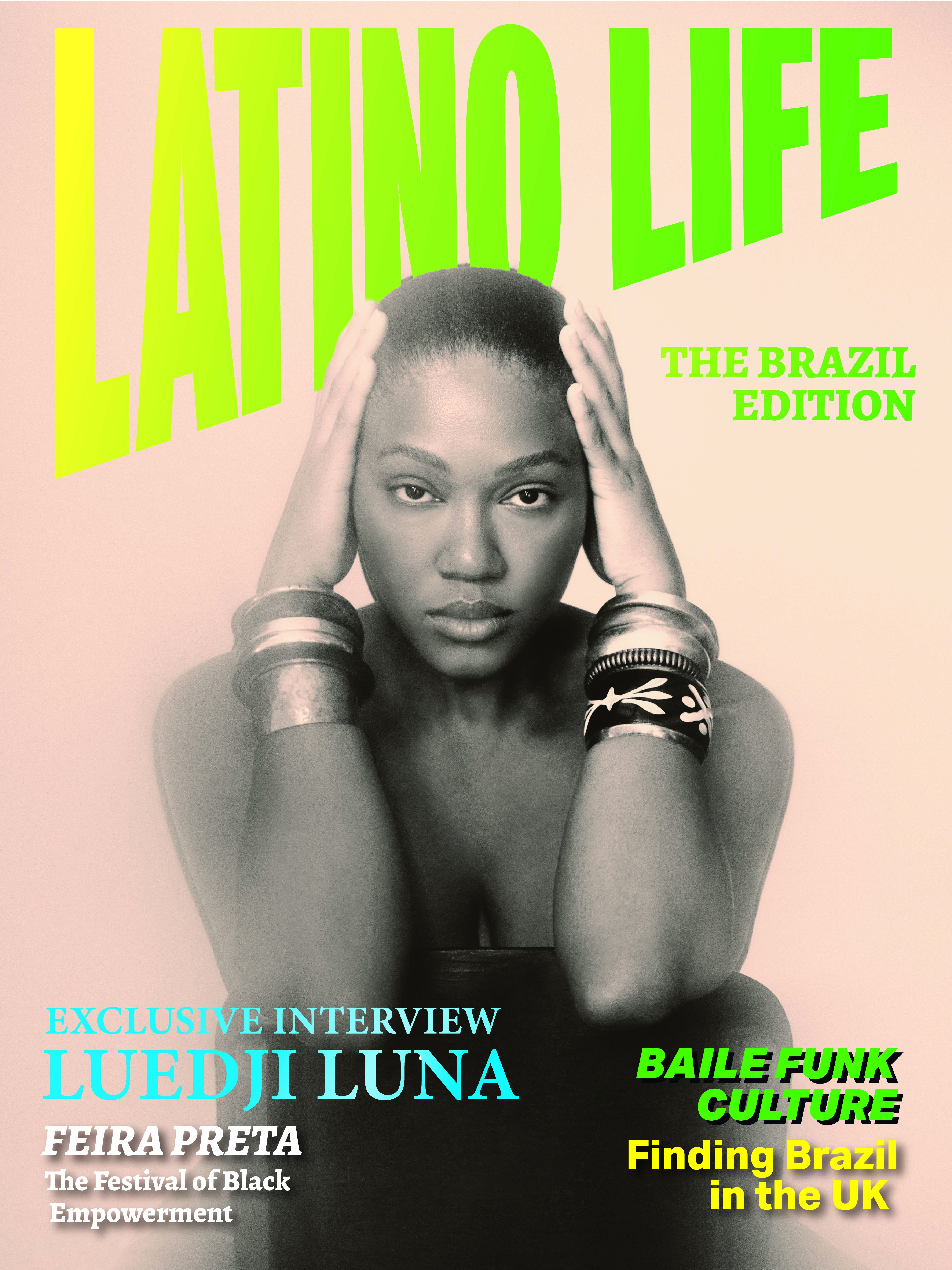Filmmaker Giselle Geney Celis and anthropologist Natalia Bernal Castillo met on a diploma course aimed at developing audio-visual content exclusively designed for children, that had been facilitated by a special grant for the development of Colombian cinematography. Discovering they had a great affinity in their interests in children’s development, Geney and Bernal decided to work together after receiving their diplomas. This successful partnership led to the creation of Pescadito Films with the objective of producing films of quality content for children.
 Santiago Capacho in 3 Feet (2018)
Santiago Capacho in 3 Feet (2018)
They have now produced two shorts, a fiction short film 3 Feet (2018) written and directed by Giselle Geney (see Review https://www.latinolife.co.uk/articles/3-feet-3-pies-2018-colombian-writ…) and a short documentary Ramón (2020) directed by Natalia Bernal. Both these films Ramón and 3 Feet, have been doing extremely well, winning awards at Children’s Film Festivals all over the world. Significantly, 3 Feet (2018) won the coveted Oscar-qualifying New York International Children’s Film Festival (NYICFF) which has them waiting on their toes hoping to be selected. Ramón (2020) a more recent production, has also been doing well at the festivals starting with a win at the International Film Festival of Tunja (FICTU)
 Giselle Geney Celis
Giselle Geney Celis
The short fiction film 3 Feet (2018) was shot in the rural town of Pamplona in Santander, northern Colombia. It tells the charming story of young 10-year old Gonzalo (Santiago Capacho) whose passion for football is in serious conflict with his need to have immaculately polished shoes upon arrival at school for the daily uniform inspection. Including day-dream sequences in animation, the story is told from the lad’s point of view and the film is a wonderfully warm and spontaneous study of childhood’s trials and tribulations.
Ramón (2020) is a documentary short. Shot in Mexico, it tells the story of a young kick-boxer (José Ramón García Nava) who is training for a competition and experiences the traumas and dilemmas of facing success or failure. Being an anthropologist, Natalia had decided to study documentary film making as an extension to her studies: - “It was during this search, when I started to work with documentaries, that I realized that my real interest lay in working with stories for children. I could see the importance of creating stories with and for children and it was a great opportunity for me to work with Giselle on 3 Feet (2018).”
 Natalia Bernal Castillo
Natalia Bernal Castillo
Natalia describes how Ramón came about: “I was in Mexico for another production and I came across a group of children who were practising kick-boxing [and the idea for the film emerged]. In a gentle, [non obtrusive] way we got to know them so that the casting was not a stressful experience for them. Of course, it’s very different from casting for fiction as it was for a documentary, which by its nature takes less time. So, we got to know Ramón and his family. In a fiction film you have a script and a pre-planned storyline, but with Ramón that was not the case. It was a gentle process of working closely with the children with a crew that was very finely tuned to working with children. So… we were able to film this documentary in two or three weeks.”
 José Ramón García Nava as Ramón
José Ramón García Nava as Ramón
Producer of Ramón, Giselle points out the differences in enrolling the children in helping on a documentary versus fiction: -
Giselle: - “In ‘Ramón’ the children’s participation was mainly in the editing process. As a part of our work strategy, we have viewing sessions for our public, so we prepared a rough cut of the film, (which is the unfinished film at an early stage), to express our vision. This was screened for the children, then Ramón and the others gave us their points-of-view and we re-cut various sections of the edit, taking their comments into account. This is because, as film makers, especially as we are focussing on this type of audience, it’s very important to know what children like, or are passionate or fearful about. In the case of Ramón, a wonderful learning process was expressed, relative to our relationships, when, as human beings, we are confronted with competition and the experiences of winning or losing. We were very keen that Ramón be perceived as a positive character.”
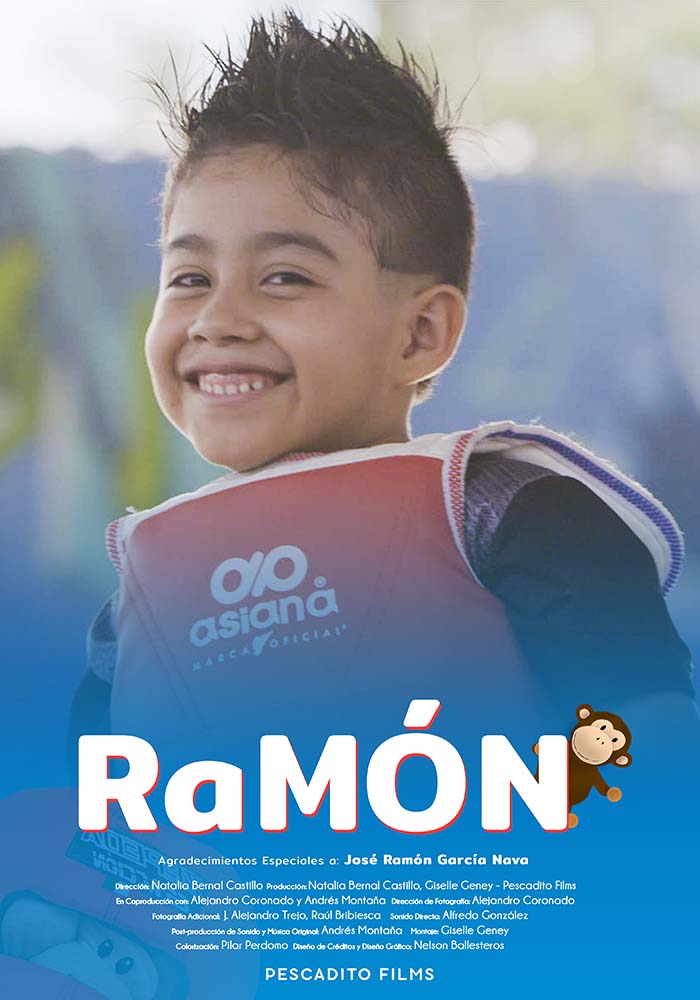 José Ramón García Nava
José Ramón García Nava
Giselle emphasizes that after working together for around four years, they have aimed to concentrate on productions where they can enable children to participate in the film processes in an educational way. Working with non- actors has also helped to maintain a distinct freshness of approach: -
Giselle: “We make films, with children and for children, that involves them actually helping… to construct the stories… they have their points-of-view on dialogues and the acting processes and they also participate in the editing and the putting together of the final film. We’ve been making films for children in real time, this is very important, because normally, [film] content for children tends to be associated with animation. But Natalia with her background in anthropology and me, in film making and specialized in live -action, we decided that Pescadito Films [our production company] should make films for children [mainly] in live action, but always including an educational model in which the children are able to participate at every stage of the process of actually making the film…. Children really know how to put their finger right on the central issues and they know at once if something is true or not. I think that they’re the best judges of a script.”
Giselle’s storyline has found responses all around the world. All children understand the challenges of maintaining their uniforms in pristine condition. In particular in Latin America, where uniforms are ubiquitous and an essential part of the day-to-day responsibilities at school. The final script gradually emerged after a four-month workshop, that Geney and Bernal set up in the town of Pamplona, where they eventually shot the movie: -

Santiago Capacho as Gonzalo
Giselle: “None of the people in the film had acted before so [thanks to the workshop] we were able to keep a natural feel and help them act before a camera. That is… being ‘natural’ doesn’t always mean the person behaves as they normally are every day… no… it was a process over those four months, so they could understand the dynamics [of film] and also so that we could learn about the culture of the town and how they lived, which was a treat. We also shot some scenes as a documentary, to keep the true feeling of life at the school… for instance, when the children are lined up for uniform inspection.”
Both Giselle and Natalia feel that there are areas of Colombia that have not been well represented on screen, in particular the border provinces with Venezuela. Giselle Geney was born in Cucutá, north of Santander and chose to set the film 3 Feet in the rural town of Pamplona because, as a child, she spent many of her holidays there with her aunt and uncle. She wanted to pay homage to this beautiful area, which boasts one of the first towns to be founded in the country. It has lots of interesting Colonial and 1900 architecture and has a reputation for its sophisticated gastronomical culture, hence the superb Market Square that is featured in the film.
Natalia: “The setting was very important to Giselle. She wanted to show the beauty of the 1920s architecture that is the Market Square and she wanted to use animation to go into the boy’s fantasies, into his mind and into what he is experiencing... He imagines that he’s in a football stadium and the animation allows us to emphasize that day dream from the point-of-view of the child. By using rotoscope techniques, this animation has a very special component in that it maintains a close relationship to reality. [Rotoscope is a method of drawing directly from the live action, frame by frame]. What we did was to shoot a live-action sequence with the actors from the Market Square. That is, with the ‘real ’ characters… the butcher plays the butcher… they all appear doing what they do in real life. Then this shoot was sent to Japan, to our animator Nicolás Guarín, a Colombian friend who studies and works in Japan. Using rotoscope, he created the boy’s fantasy, which also echoed childhood dreams that Giselle had also lived, so the animation was very important.”
Giselle and Natalia are now actively involved in two new projects. One of them is PODEROSAS (Powerful Girls) which, initially, is planned to be a seven- part documentary series about young girls in sports. The idea is for each episode to feature the story of different protagonists, who are engaged in different sports, to illustrate their challenges and how they can be empowered to search and achieve their dreams: -
Natalia: “They will not necessarily all be champions, we just want to see how their [chosen] sport with which they spend their days, has helped them to achieve their dreams and things that are important to them. We are at a stage in the development where we are trying to find various girls, but with the pandemic and the lockdowns, we’re having to establish contact via calls and internet to get to know them. It’s different from face-to-face contact but at least we can communicate with them and their parents. So, at the moment we are trying to find the right girls [from ages 9 to 13] for the project.”
While Natalia is busy with Poderosas, Giselle is working on the script for her first fiction feature which will also be aimed at young audiences. She is working with Colombian scriptwriter Johnnier Aristizábal who has been a good friend and colleague for many years. The idea is to produce a drama/ musical that taps into their Latin American roots. There is a female co-lead, who is a trickster living in a small rural and very religious town, with its profoundly chauvinistic society. She will become both the child, Diego’s, teacher and his apprentice, in life and in art. Giselle describes how, at the moment, she is spending lots of time ‘dreaming’ up the story and she will be spending some time at a workshop ‘Ojo de Pescado ‘ in Chile to strengthen the structure of the plot and narrative: -
Giselle: “This is a story that relates to children and music and how Art can empower children and help them become better people. Also, it’s about how Art forms an important part of our lives and is not just a commodity. This is the type of tale that we love and that characterizes our work [at Pescadito Films], which is of a child overcoming the challenges of his daily life with autonomy and resilience and how adults can learn from that child. The story is called ‘Diego, the Singer’ (Diego, el Cantante). Natalia and I have both spent time working as teachers in rural areas of Colombia, so we love the countryside… therefore this narrative will also take place in the Colombian countryside… When we educate children about film, we don’t expect them all to become film directors, but that they can understand the film making processes and the effort, which is never easy… behind films that are produced in Latin America. The children also learn other skills, like cooperation, responsibility and leadership, so we really feel that the artistic exercise of creating films is something that we love and feel should also be a part of children’s lives.”

Giselle Geney with Children of the cast of 3 Feet
This guiding philosophy has been fruitful in every way all over the world: -
“One of the most marvellous things with 3 Feet (2018) is that in many festivals where we won prizes, the jury was made up of children. A Jury of children! This filled us with pride especially during the Q&A sessions with them where they asked amazing questions!”

Children's audience and jury Seattle 2020
3 Feet (2018) was Selected for over 40 International Children’s Festivals, in Brazil, the USA, France, Spain, Japan and even Taiwan, winning 13 awards to date. It is available to be viewed on a few digital platforms:
RTVC play: a streaming platform in Colombia run by the National Radio & TV (rtvc.gov.co) / spcine play: an educational platform in São Paulo/ Brazil / My Classroom: Educational platform in Taiwan.
Credits -3 Feet (2018)
Writer/director/producer Giselle Geney Celis
Exec Prod Natalia Bernal Castillo
DOP Andrés Arizmendy Benavides
Original Music Fran Villalba
Sound designer Andres Montaña Duret
Editor Manuel Monsalve Ramírez
Animation Nicolás Guarín León/ Camilo Martínez
Cast
Gonzalo Maykol Santiago Capacho Perales
Rector Ramón Luis Enrique Yañez.
Gonzalo’s mother Lorena Perales
Credits ‘Ramón’ (2020)
Director Natalia Bernal Castillo
Producers Natalia Bernal Castillo. Giselle Geney Celis/ Pescadito Film/ Alejandro Coronado / Andrés Montaña
Cinematographer Alejandro Coronado
Cast José Ramón García Nava



